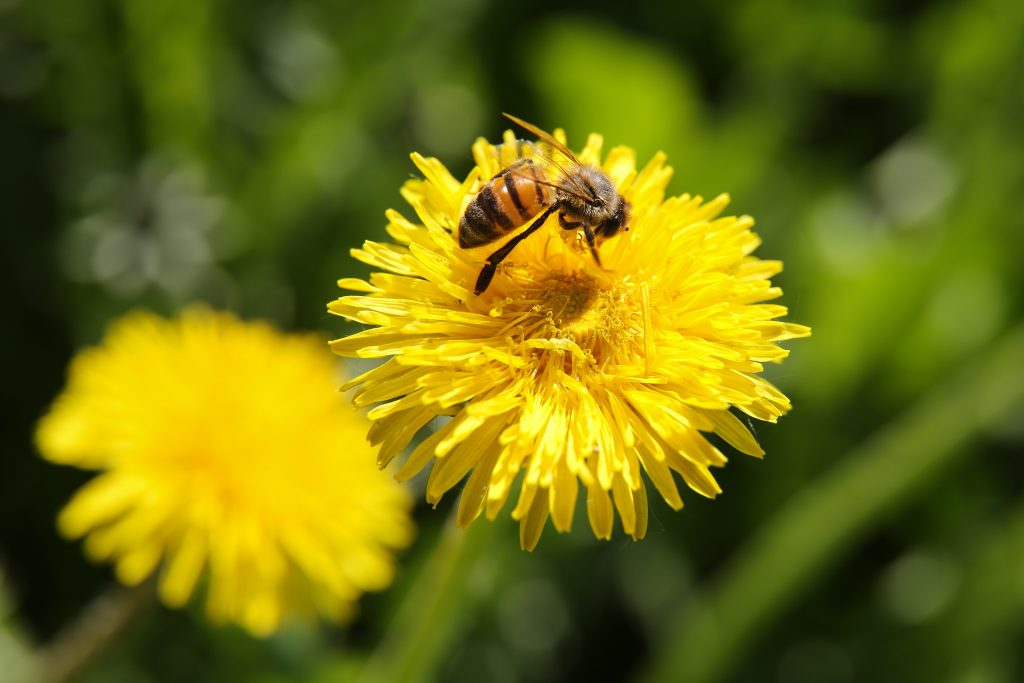
Bee Balm, known for its vibrant hues and ecological prowess, stands as a beacon of biodiversity in conservation projects. This native species, cherished for its distinctive features and contributions to ecosystem health, captivates pollinators and enriches habitats with its ecological benefits. Found abundantly across North America, Bee Balm, closely related to Bergamot, shares similar ecological traits, making it an asset in conservation initiatives. As conservationists strive to restore and preserve natural landscapes, incorporating Bee Balm into restoration projects becomes paramount. Its ability to attract a diverse array of pollinators, from bees to butterflies, ensures the continued health of ecosystems while fostering floral harmony in the environment.
In Minnesota, conservation efforts rely on specialized seed mixes tailored to the region’s unique ecosystems. The MN CP42 Standard Mix, MN CP23-25 Mix, and MN CP25 Standard Mix represent essential tools in these endeavors, offering a diverse array of native plant species carefully selected to thrive in Minnesota’s varied landscapes. While these mixes may not include Bee Balm directly, they encompass a range of native flora that collectively contribute to the restoration and preservation of Minnesota’s natural heritage. Among these species, Bee Balm and its close relative, Bergamot (included in mixes), play a vital role in supporting pollinators and enhancing biodiversity.
Bee Balm’s inclusion in conservation projects extends beyond its aesthetic appeal; it serves as a cornerstone of floral diversity, fostering resilient ecosystems capable of withstanding environmental challenges. Its nectar-rich blooms provide sustenance for pollinators throughout the growing season, ensuring their continued presence in the landscape. Additionally, Bee Balm’s aromatic foliage acts as a natural deterrent to pests, further enhancing its ecological value. As conservationists continue to prioritize the preservation of native species and their habitats, Bee Balm emerges as a symbol of floral harmony and ecological resilience.
Bee Balm’s significance in conservation cannot be overstated. As an integral component of native ecosystems, it exemplifies the delicate balance between beauty and functionality. By incorporating Bee Balm into restoration projects and seed mixes, conservationists can cultivate vibrant landscapes that support diverse wildlife populations and promote environmental sustainability.
In your journey to incorporate native species into your conservation projects, partnering with a trusted seed provider like All Native Seed ensures access to expert guidance and support. With ANS, not only do you gain access to a diverse selection of native seed mixes tailored to your region’s unique ecosystems, but you also benefit from the knowledge and expertise of our professional CRP establishment staff. Our team members have personally planted over 370,000 acres of CRP across 26 states since 2003, offering invaluable insights into seedbed preparation, planting techniques, expected results, and ongoing maintenance. Contact us today to get started!
